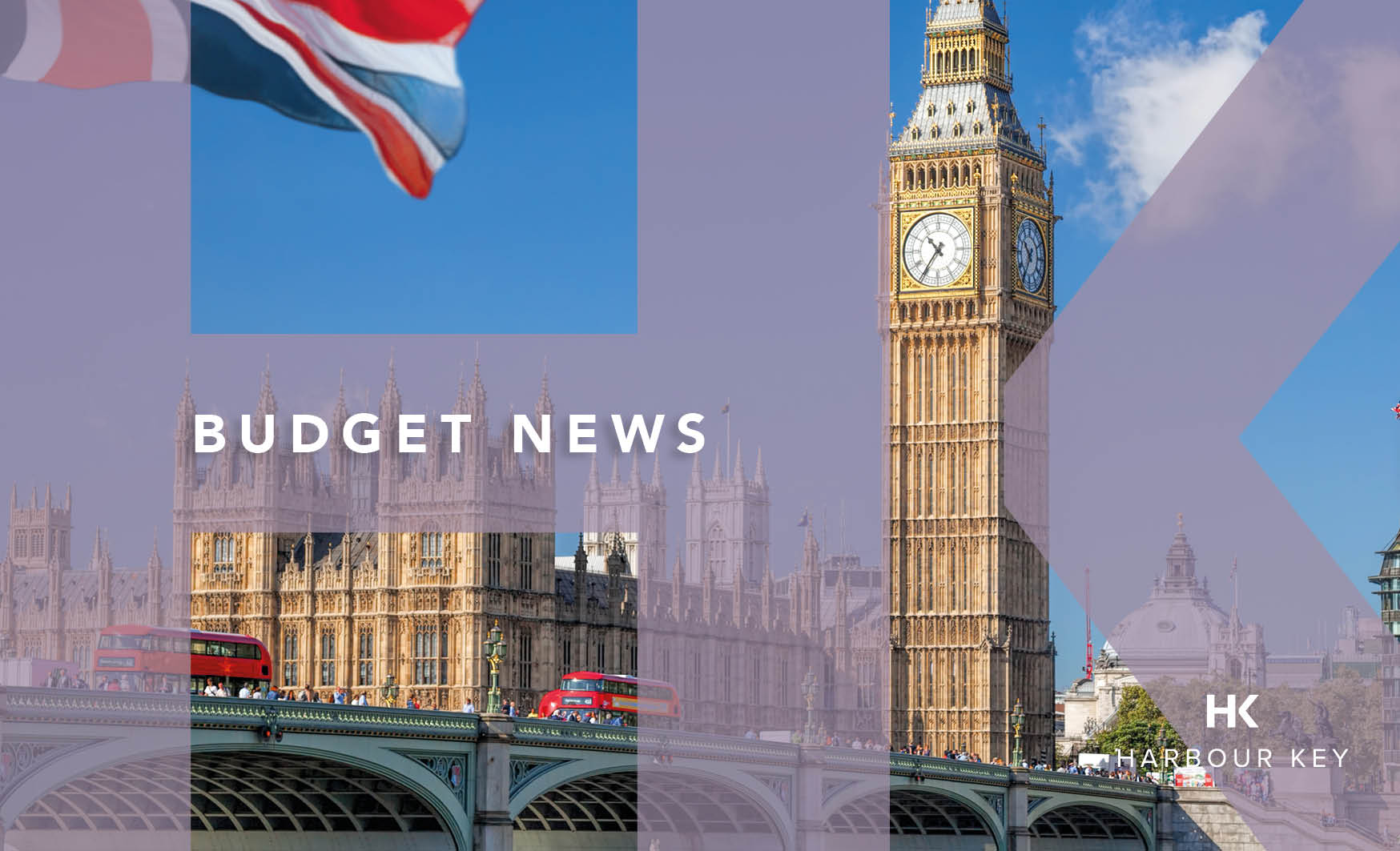
These have been summarised below.
EIS and Venture Capital Trusts (“VCT”) – increased limits for investments in knowledge-intensive companies
To encourage more investment in knowledge-intensive companies under the EIS and VCT schemes, new rules will be introduced to:
- Double the limit on the amount an individual may invest under the EIS in a tax year to £2 million from the current limit of £1 million, provided any amount over £1 million is invested in one or more knowledge-intensive companies.
- Raise the annual investment limit for knowledge-intensive companies receiving investments under the EIS and from VCTs to £10 million from the current limit of £5 million. The lifetime limit (the maximum a company can raise) will remain the same at £20 million.
- Allow knowledge-intensive companies to use the date when their annual turnover first exceeds £200,000 in determining the start of the initial investing period under the permitted maximum age rules, instead of the date of its first commercial sale.
A company is a knowledge-intensive company for these purposes if, at the time of the share issue, it meets an operating costs condition and either the innovation condition or the skilled employee condition. The operating costs conditions are:
- In at least one of the “relevant three preceding years” at least 15% of operating costs consisted of R&D expenditure. Operating costs are, broadly, expenses recorded in the profit and loss account or income statement other than those incurred intra-group. Just and reasonable apportionments may be made to the recognised expenses, or,
- In each of the three “relevant three preceding years” at least 10% of operating costs consisted of R&D expenditure.
The innovation condition involves illustrating that, the company has created or is creating (or is preparing to create) intellectual property and it is reasonable to assume that within ten years of the share issue, the exploitation or use of that intellectual property will form the greater part of the business.
The changes will have effect on and after 6 April 2018.
Anti-Avoidance Measures
One of the main concerns of HMRC and The Treasury, is that a lot of investments undertaken did not have the risk profile that entitled the investment to tax reliefs available, i.e. there was no real risk to the investors capital. Commonly referred to as capital preservations. A number of measures are to be introduced to put the risk back into these tax efficient investments.
Risk to capital condition
To ensure that venture capital schemes (SEIS, EIS & VCT) are targeted at growth investments, the tax relief under the schemes will be focused on companies where there is a real risk to the capital being invested and will exclude companies and arrangements intended to provide ‘capital preservation.’
Conditions will be introduced on taking a ‘reasonable’ view as to whether an investment has been structured to provide a low risk return for investors. The condition will have two parts:
- whether the company has objectives to grow and develop over the long-term (which broadly mirrors an existing test with the schemes); and
- whether there is a significant risk that there could be a loss of capital to the investor of an amount greater than the net return. The condition requires all relevant factors about the investment to be considered in the round.
VCT – Other anti-avoidance measures
- Removing certain ‘grandfathering’ provisions that enable VCTs to invest in companies under rules in place at the time funds were raised, with effect on and after 6 April 2018.
- Requiring 30% of funds raised in an accounting period to be invested in qualifying holdings within 12 months after the end of the accounting period, with effect on and after 6 April 2018.
- Increasing the proportion of VCT funds that must be held in qualifying holdings to 80%, with effect for accounting periods beginning on and after 6 April 2019.
- Increasing the time to reinvest the proceeds on disposal of qualifying holdings from six months to 12 months for disposals on or after 6 April 2019.
- Introducing a new anti-abuse rule to prevent loans being used to preserve and return equity capital to investors, with effect on and after Royal Assent of Finance Bill 2017-18.
- Limiting the effect of anti-abuse provisions on commercial mergers relating to share buy-backs by VCTs.
EIS and Venture Capital Trusts: relevant investments
Measures will be introduced to ensure all risk finance investments, whenever made, will count towards the lifetime funding limits for companies receiving investments under the EIS and VCT scheme. The current rules exclude certain investments made before 2012.
The changes will have effect for investments made on and after 1 December 2017.
Consultation on an innovative EIS fund
In response to the Patient Capital Review the government will consult in 2018 on the introduction of a new knowledge intensive EIS fund structure in which funds would have flexibility to deploy capital raised over a longer period.
Please do not hesitate to contact us if you wish to discuss anything covered in the newsletter or any tax, accounting or business related matter.
To find out more about Harbour Key, or any of the issues above, contact us by email or telephone on 01452 713277



